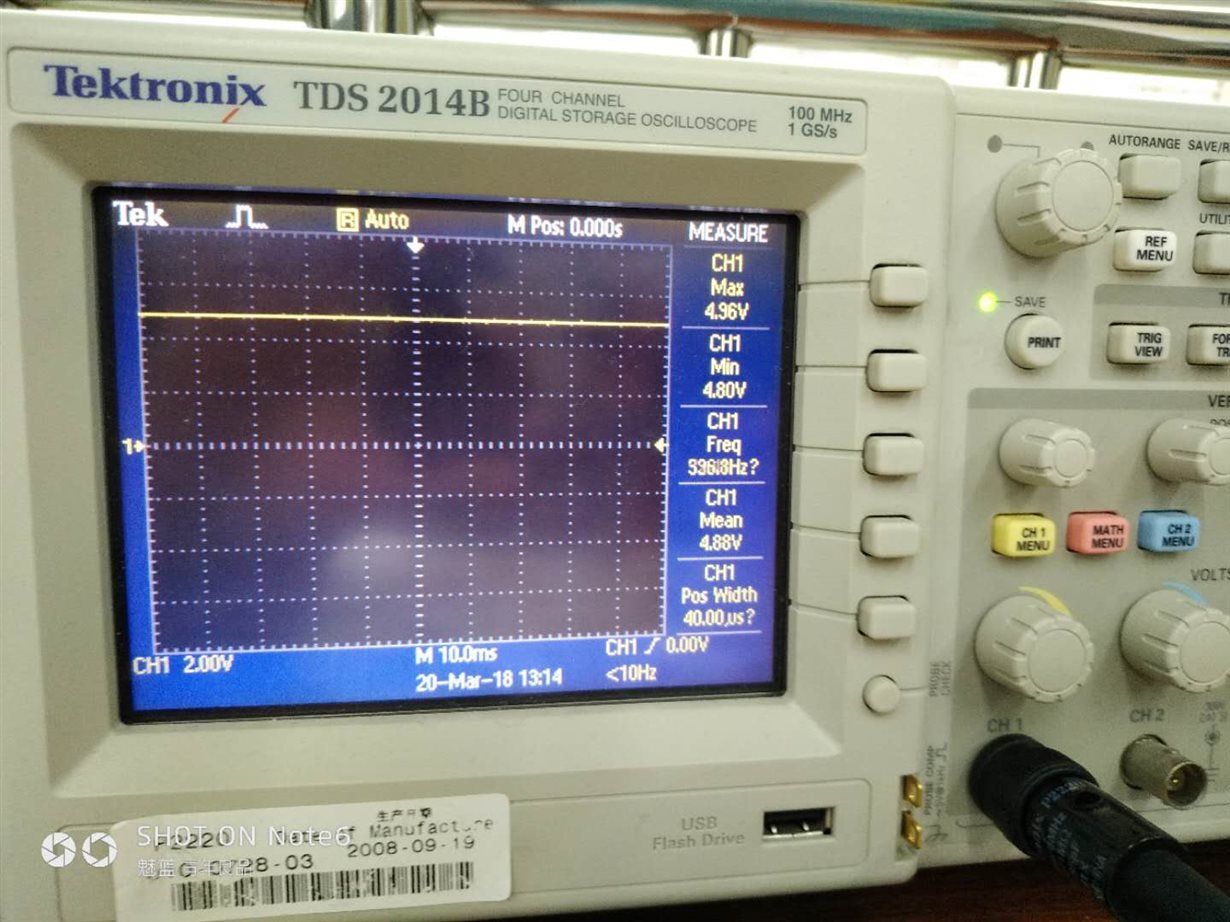Other Parts Discussed in Thread: AM4378,
Hi, everyone:
I power am4378 by TPS65218, But its DCDC5 output is 4.72V which cause the RTC don' t work. I wonder why this may happen?
My board has already work properly for about 1 mouth. This problem occurs last week.


